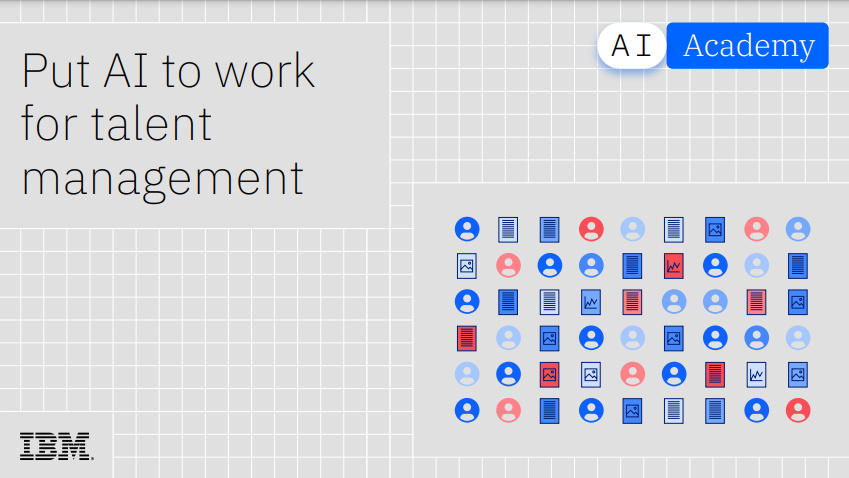Poor design hinders business IT users
Most people waste time at work on badly designed software, according to new research.

Design elements must be imported from consumer websites into the workplace to improve working practice, according to an IFS survey.
The global enterprise applications company questioned 1,010 business IT users and found that 94 per cent of respondents are wasting time on poorly designed software.
Respondents were asked to point out the top three causes of wasted time when using enterprise software - including enterprise resource planning (ERP), business intelligence (BI), customer relationship management (CRM) and financial applications.
The top rated time waster, chosen by 20 per cent of users, was handling different modules and applications, while 19 per cent said that searching for relevant information held in the application was a problem. Meanwhile, 14 per cent had difficulties moving through business processes that are not grouped together or ordered in a logical way.
IFS also found that only one in five respondents identified business applications used in the workplace as easy to use, whereas 27 per cent found web and email applications simple.
Up to 13 per cent of respondents felt frustrated by the time they wasted dealing with difficulties in transferring data between systems, while 11 per cent found navigating around and between different applications time-consuming.
According to the chief exective of IFS Alastair Sorbie, embedded application searches, integrated communities, enhanced navigation and individualisation options are just some of the design elements and functions that can enhance productivity.
Get the ITPro daily newsletter
Sign up today and you will receive a free copy of our Future Focus 2025 report - the leading guidance on AI, cybersecurity and other IT challenges as per 700+ senior executives
"The key reason for installing enterprise software is to simplify the running of business processes so that decision making can be improved," he said. "Well-designed business applications that incorporate elements like search, networking, easy navigation and individualisation are what people are now demanding in the workplace."
"Organisations who respond have the opportunity to remove frustrating time-wasters for staff involved at all stages, providing opportunities for them to be more productive both individually and collectively," he added.
-
 Should AI PCs be part of your next hardware refresh?
Should AI PCs be part of your next hardware refresh?AI PCs are fast becoming a business staple and a surefire way to future-proof your business
By Bobby Hellard
-
 Westcon-Comstor and Vectra AI launch brace of new channel initiatives
Westcon-Comstor and Vectra AI launch brace of new channel initiativesNews Westcon-Comstor and Vectra AI have announced the launch of two new channel growth initiatives focused on the managed security service provider (MSSP) space and AWS Marketplace.
By Daniel Todd
-
 Put AI to work for talent management
Put AI to work for talent managementWhitepaper Change the way we define jobs and the skills required to support business and employee needs
By ITPro
-
 More than a number: Your risk score explained
More than a number: Your risk score explainedWhitepaper Understanding risk score calculations
By ITPro
-
 Four data challenges holding back your video business
Four data challenges holding back your video businesswhitepaper Data-driven insights are key to making strategic business decisions that chart a winning route
By ITPro
-
 Creating a proactive, risk-aware defence in today's dynamic risk environment
Creating a proactive, risk-aware defence in today's dynamic risk environmentWhitepaper Agile risk management starts with a common language
By ITPro
-
 How to choose an HR system
How to choose an HR systemWhitepaper What IT leaders need to know
By ITPro
-
 Sustainability and TCO: Building a more power-efficient business
Sustainability and TCO: Building a more power-efficient businessWhitepaper Sustainable thinking is good for the planet and society, and your brand
By ITPro
-
 What is small data and why is it important?
What is small data and why is it important?In-depth Amid a deepening ocean of corporate information and business intelligence, it’s important to keep things manageable with small data
By Steve Cassidy
-
 Why you should invest in your CRM system
Why you should invest in your CRM systemSponsored A unified and better integrated service can boost efficiency, digital transformation and customer experience
By IT Pro